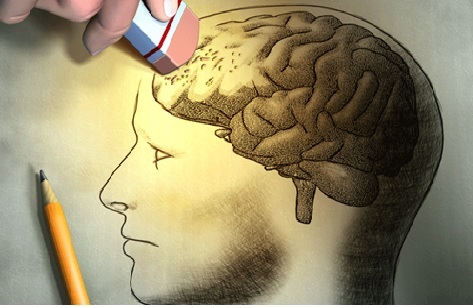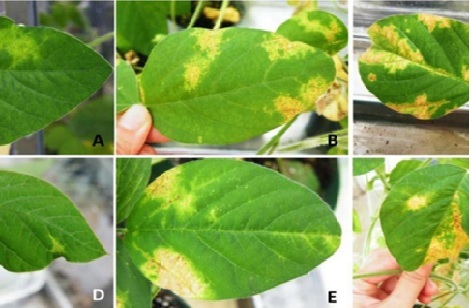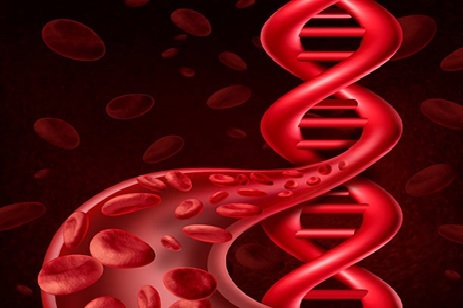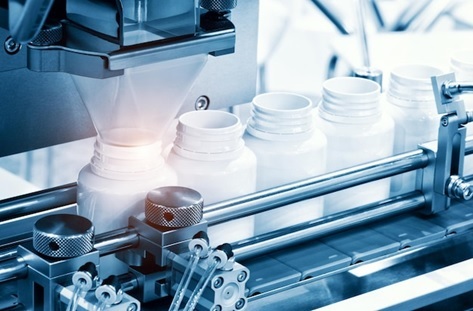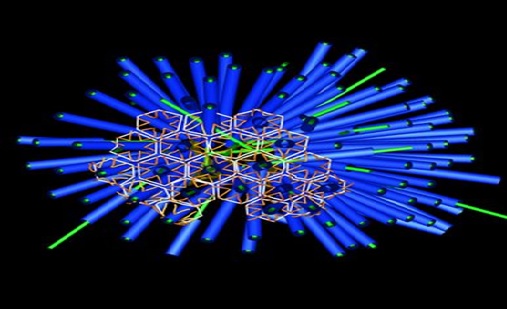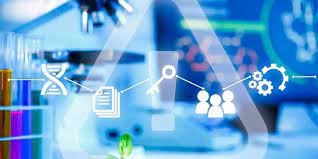Biosensors and Bioelectronics
Biosensors and bioelectronics are two related fields that involve the use of biological materials or systems to detect or measure a specific substance or analyte. Biosensors typically use biological molecules, such as enzymes, antibodies, or DNA, to detect the presence of a target molecule or substance. Bioelectronics, on the other hand, use electronic devices or circuits to interface with biological systems, such as cells or tissues, for various applications.
Biosensors have a wide range of applications in various fields, such as healthcare, environmental monitoring, and food safety. For example, glucose biosensors are commonly used by people with diabetes to monitor their blood sugar levels, while environmental biosensors can detect pollutants in air or water. Biosensors can be designed to be highly sensitive and specific to a particular target, making them valuable tools for detecting and measuring substances in complex samples.
Biosensors and Bioelectronics publishes original research articles in the arena of Biomaterials, Biomedical & Medical Engineering, General Chemistry, Microelectronics and Nanotechnology and Optoelectronic and Magnetic Materials. The journal is intended for scholars, practitioners and researchers who are involved in such areas of scientific research. The dominant research topics disseminated in this journal are Detection limit, Nanotechnology, Analytical chemistry, Chromatography and Electrode. Biosensors and Bioelectronics features unique scholarly articles which go through peer review by experts in the field.[1]
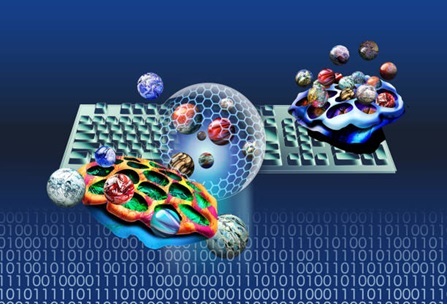
Figure .1 Biosensors and Bio Electronics
Figure 1 shows Biosensors and bioelectronics are two interdisciplinary fields that combine principles from biology, chemistry, physics, and engineering to develop sensing and diagnostic devices that can detect and measure biological molecules and signals.
Here are some key concepts and applications of biosensors and bioelectronics:
- Types of biosensors:Biosensors can be classified based on the type of biological element used for detection, such as enzymes, antibodies, nucleic acids, or whole cells. They can also be classified based on the mode of detection, such as optical, electrochemical, or mass-based sensors.
- Applications of biosensors:Biosensors have a wide range of applications in healthcare, environmental monitoring, food safety, and other areas. For example, biosensors can be used for glucose monitoring in diabetes patients, detection of pathogens in food and water, and monitoring of environmental pollutants.
- Components of bioelectronic devices:Bioelectronic devices typically consist of an electronic component, such as a sensor or actuator, and a biological component, such as cells or tissues. The electronic component can be made from various materials, such as silicon, graphene, or organic polymers.
- Applications of bioelectronics:Bioelectronics has a wide range of applications in areas such as neural engineering, prosthetics, and drug delivery. For example, bioelectronic devices can be used to record neural activity in the brain, control prosthetic limbs, or deliver drugs in response to specific signals or stimuli.
- Challenges and future directions: Biosensors and bioelectronics face several challenges, such as the need for high sensitivity, specificity, and stability, as well as compatibility with biological systems. Future directions include the development of new materials and fabrication techniques, the integration of biosensors and bioelectronics with other technologies such as artificial intelligence and machine learning, and the exploration of new applications in areas such as personalized medicine and synthetic biology.
Bioelectronics, on the other hand, has applications in areas such as neural engineering, prosthetics, and drug delivery. For example, bioelectronic devices can be used to stimulate or record neural activity in the brain, or to control the release of drugs in response to specific signals or stimuli. Bioelectronics can also be used to interface electronic devices with biological systems, such as for controlling the movement of prosthetic limbs.
Overall, biosensors and bioelectronics are two exciting and rapidly advancing fields that have the potential to transform various aspects of healthcare, environmental monitoring, and other areas. By combining biological and electronic technologies, these fields enable the development of innovative and highly specific sensing and diagnostic tools, as well as new ways of interfacing with and manipulating biological systems.
References:
- https://research.com/journal/biosensors-and-bioelectronics-1
Cite this article:
Janani R (2023),Biosensors and Bio Electronics, AnaTechMaz, pp.159




